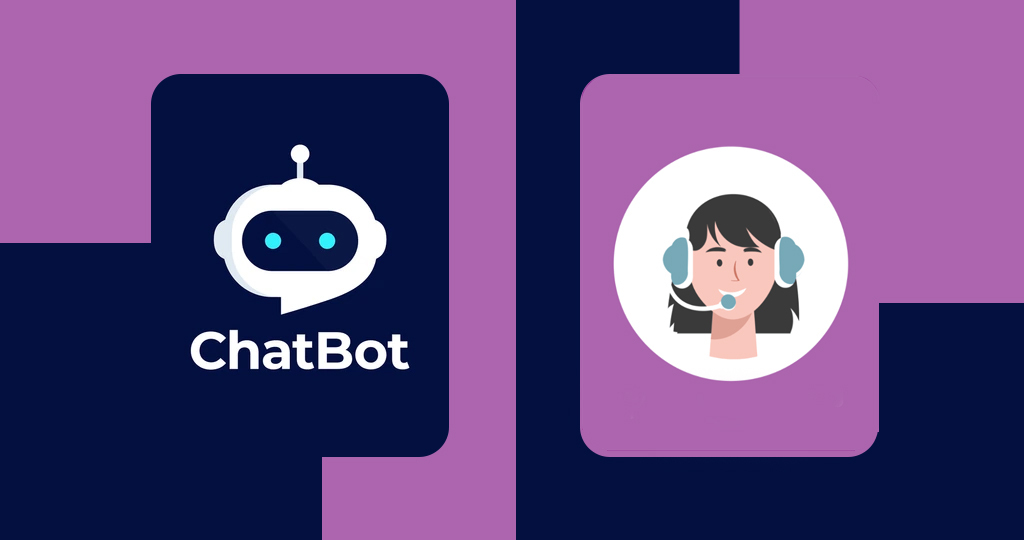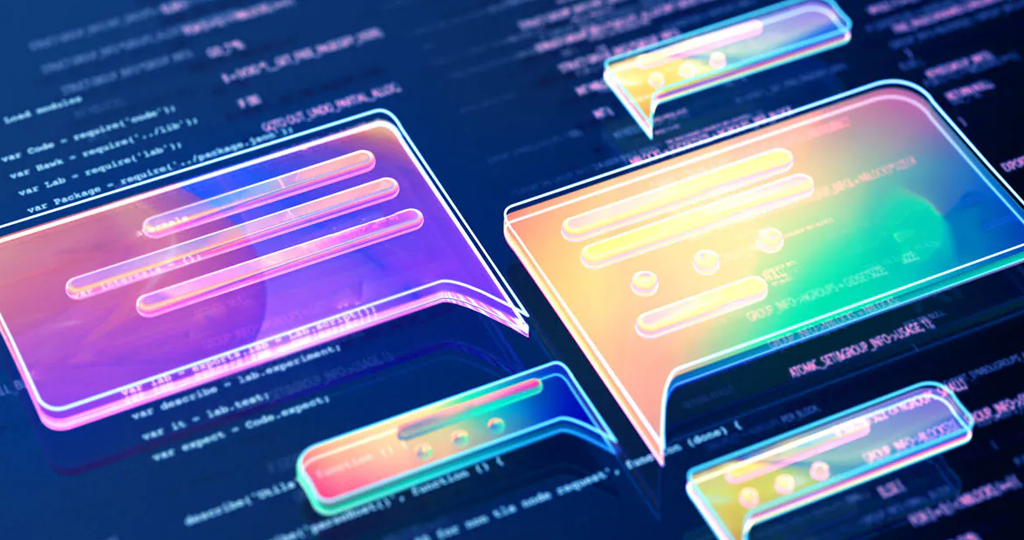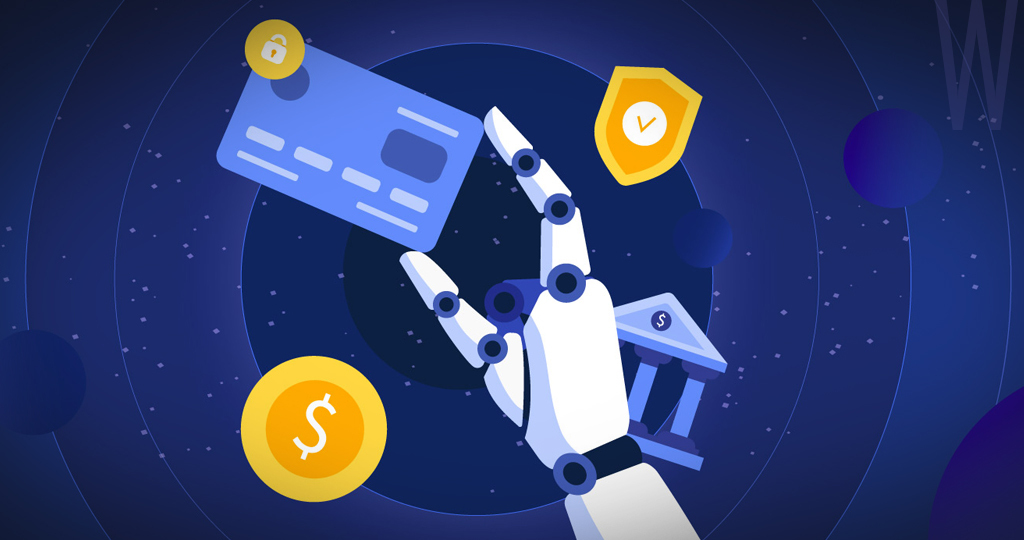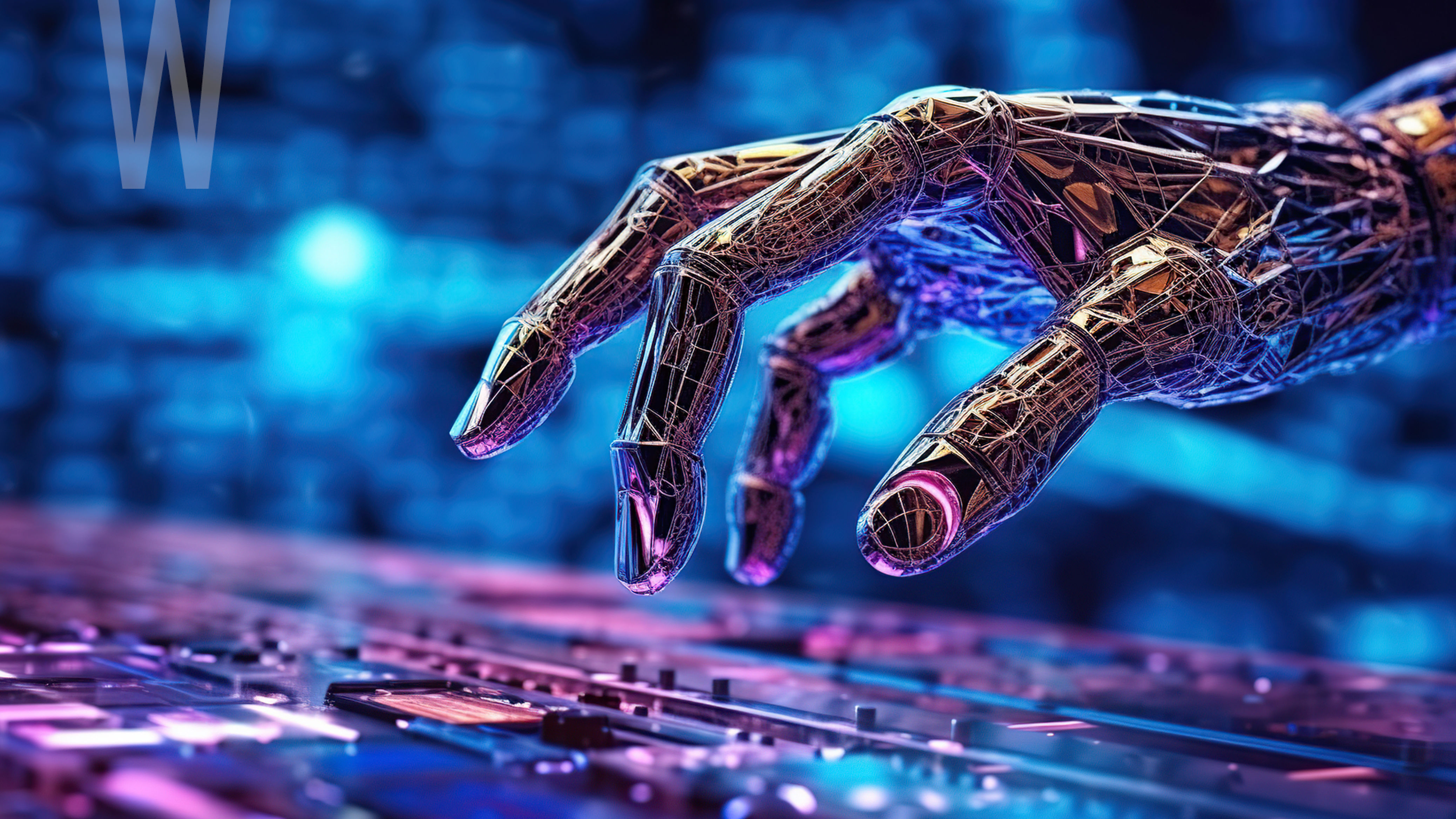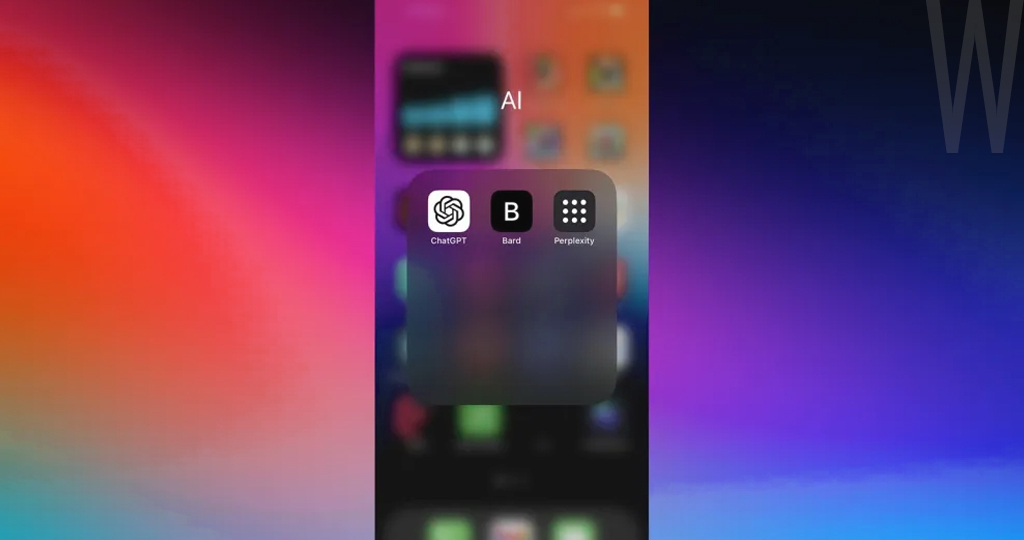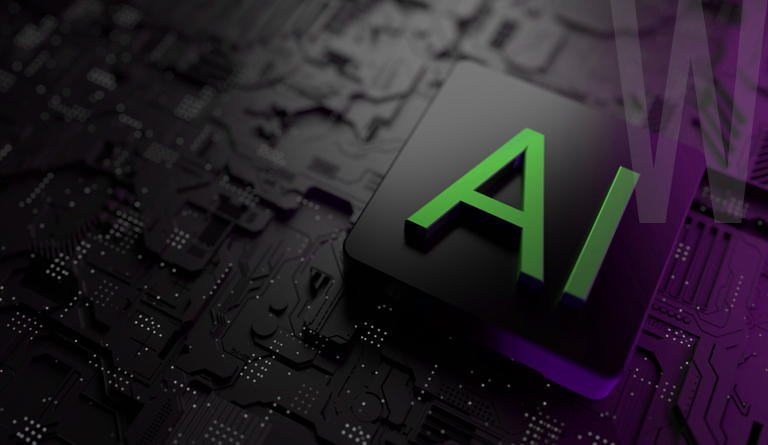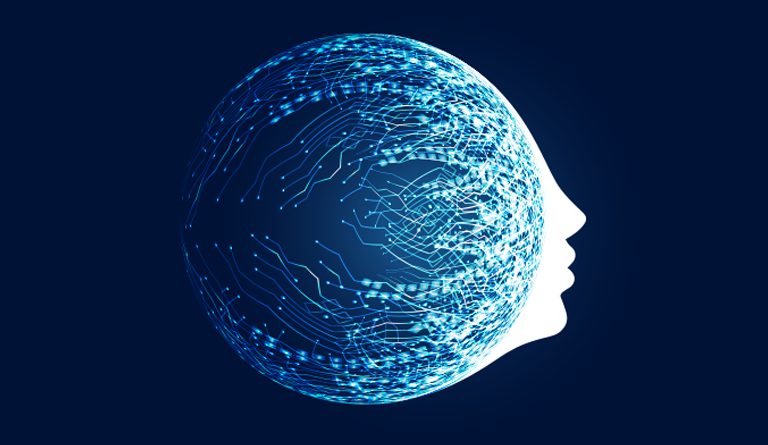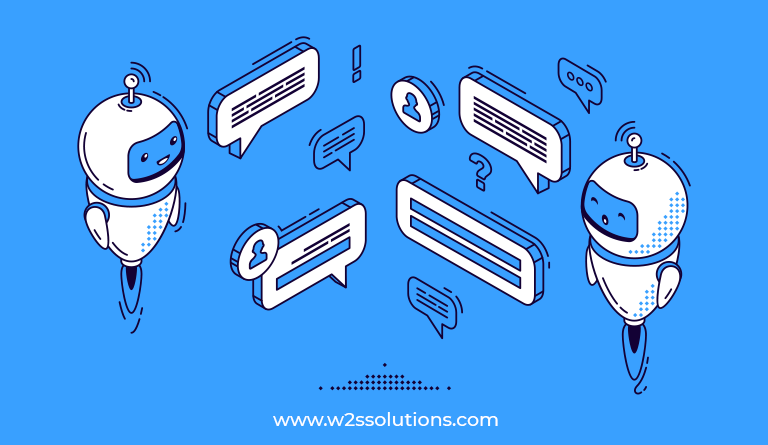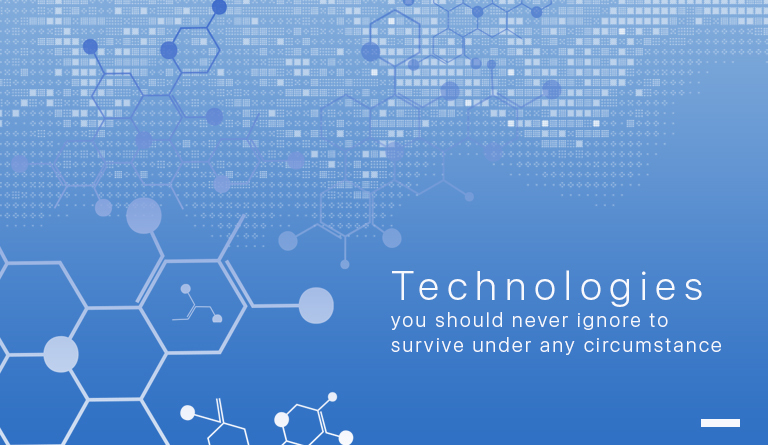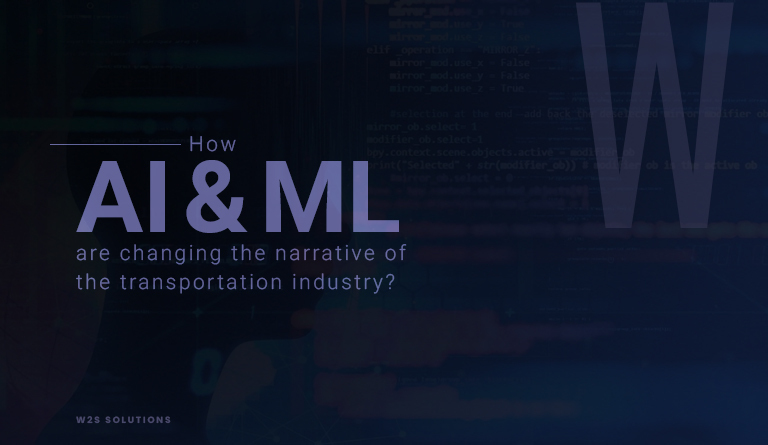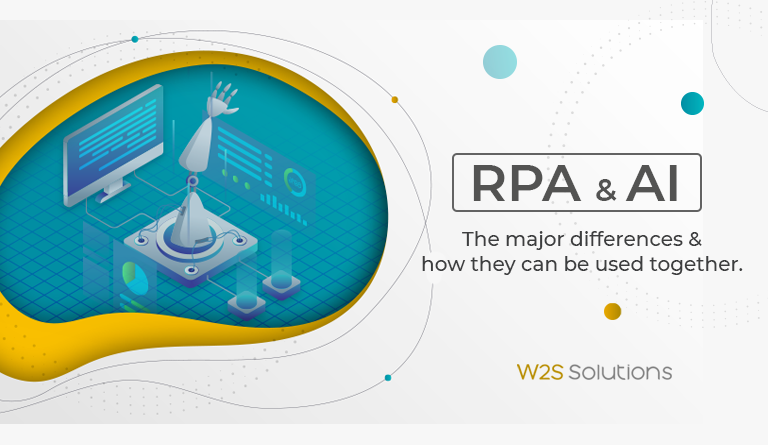TABLE OF CONTENT
Key Takeaways
-
Chatbots handle specific tasks efficiently, while virtual assistants offer a broader range of functions beyond simple queries.
-
Virtual assistants excel in personalization, learning and adapting to user needs, while chatbots may struggle beyond predefined scripts.
-
Virtual assistants are central to smart home devices, managing lights, thermostats, and more through voice commands, offering seamless control.
-
Chatbots enhance productivity by automating tasks, while virtual assistants contribute to business productivity by acting as personal assistants, managing calendars, setting reminders, and providing relevant information.
Chatbots and virtual assistants have become integral components of our daily interactions. While these terms are often used interchangeably, they represent distinct functionalities with unique purposes. In this blog post, we will get into the fundamental differences between chatbots and virtual assistants, exploring their applications, capabilities, and the impact they have on businesses across various industries.
What are Chatbots?
Chatbots are software applications created to imitate conversations with human users, usually utilizing text or voice interfaces. These intelligent systems leverage natural language processing (NLP) and machine learning algorithms to comprehend user inputs and provide relevant responses. Chatbots are commonly used for specific tasks and are deployed on websites, messaging platforms, and mobile applications.
Key Characteristics of Chatbots
Task-Specific Functionality:
Chatbots are often developed with a narrow focus, addressing specific tasks or queries. For example, customer support chatbots are designed to assist users with common issues or frequently asked questions.
Scripted Responses:
Many chatbots operate based on predefined scripts and rules. They follow a set path of responses and actions based on the user’s input, limiting their ability to handle complex or unique queries.
Transactional Interactions:
Chatbots excel in transactional interactions, such as making reservations, answering inquiries, or providing product information. They streamline processes by automating routine tasks, enhancing efficiency and user experience.
What are Virtual Assistants?
Virtual assistants are more comprehensive and sophisticated AI systems designed to perform a wide range of tasks, often beyond simple conversational interactions. They integrate with various applications, services, and databases to offer users a holistic and personalized experience.
Key Characteristics of Virtual Assistants
Versatile Capabilities:
Virtual assistants are versatile and capable of handling a broad spectrum of tasks. From scheduling appointments and sending reminders to providing weather updates and controlling smart home devices, their capabilities extend far beyond the confines of a single application or use case.
Contextual Understanding:
Unlike chatbots, virtual assistants have a deeper understanding of context. They can recognize patterns, learn from user interactions, and adapt their responses based on the user’s history and preferences, creating a more personalized and human-like experience.
Integration with Ecosystems:
Virtual assistants seamlessly integrate with multiple applications and services, offering users a centralized hub for accessing information and performing tasks. This integration extends to voice-activated assistants like Siri, Alexa, and Google Assistant, which connect with smart devices and online platforms.
Distinguishing Factors of Chatbots and Virtual Assistants
Scope of Interaction:
One of the primary distinctions between chatbots and virtual assistants lies in the scope of interaction. While chatbots are designed for specific tasks and often operate within a confined domain, virtual assistants provide a broader user experience, covering a multitude of functions and services.
Personalization and Adaptability:
Virtual assistants excel in personalization, learning from user behavior to provide tailored recommendations and responses. They adapt to evolving user needs and preferences, creating a dynamic and evolving interaction. Chatbots, on the other hand, may struggle with adapting to user nuances beyond their predefined scripts.
Use Cases:
Chatbots find prominent applications in customer service, lead generation, and task automation. They serve as efficient tools for handling routine queries and transactions. Virtual assistants, meanwhile, are commonly utilized for personal productivity, smart home control, and as virtual companions offering a more holistic support system.
User Engagement:
Virtual assistants aim for prolonged and engaging interactions, fostering a more natural and human-like conversation. Chatbots, while effective in handling specific tasks quickly, may lack the depth and engagement required for more extended and varied conversations.
Impact on Industries
Customer Service and Support:
Chatbots have revolutionized customer service by providing instant responses to frequently asked questions, resolving issues, and streamlining the support process. Virtual assistants, with their contextual understanding, elevate the customer experience by offering personalized assistance and guidance.
Healthcare:
Virtual assistants play a crucial role in the healthcare sector, aiding in appointment scheduling, medication reminders, and even providing basic health information. Chatbots are utilized for tasks like symptom checking and initial patient queries, ensuring quick access to relevant information.
Smart Homes and IoT:
Virtual assistants have become central to the control of smart home devices, enabling users to manage lights, thermostats, security systems, and more through voice commands. Chatbots may have a limited role in specific smart home applications but lack the comprehensive control capabilities of virtual assistants.
Business Productivity:
Chatbots enhance business productivity by automating repetitive tasks and facilitating quicker decision-making processes. Virtual assistants contribute to productivity by acting as personal assistants, managing calendars, setting reminders, and providing relevant information to professionals.
Conclusion
While chatbots and virtual assistants both leverage AI and natural language processing, they serve distinct purposes. Chatbots excel in specific, task-oriented interactions, providing efficiency in handling routine queries and transactions. On the other hand, virtual assistants offer a more versatile and personalized experience, extending their capabilities across a -broad spectrum of functions and services. Understanding the fundamental differences between these two technologies is crucial for businesses and individuals seeking to leverage the advantages of AI in their respective domains.
At W2S Solutions, a custom large language model development company, we recognize the significance of harnessing the power of AI to meet evolving technological needs. Our commitment to innovation is reflected in our solutions that go beyond conventional boundaries. Specializing in developing custom chatbots and virtual assistants, W2S Solutions empowers businesses to enhance customer engagement, streamline processes, and stay ahead of the competition. With our expertise, businesses can not only integrate intelligent conversational interfaces but also tap into the potential of personalized, adaptive interactions, ultimately delivering a superior user experience.
Frequently Asked Questions
Get inspired!
Subscribe to our newsletter and get updates on how to navigate through disruption and make digital work for your business!
